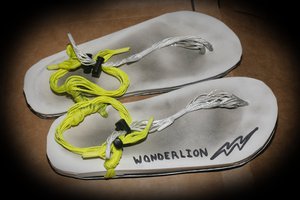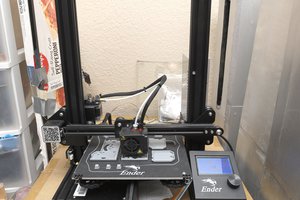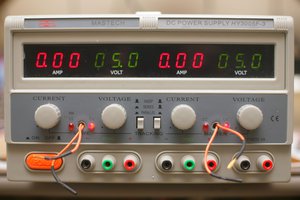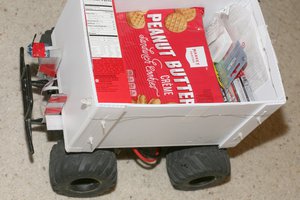The lion kingdom last used it in 2007 to photograph asteroid Vesta. The best photo it ever made was M33 in 2005. There wasn't really anything else it was used for. It stayed reasonably tracked for 2 minutes at a time. It could support a small DSLR. It was since recycled into other machines.
Mane advantages over equatorial mounts:
It was light.
It was cheap.
Didn't require a tripod.
Mane disadvantages:
Complete pain to set up.
Sensitive to wind.
Very bulky.
In those days, a german equatorial mount was $5000. Today, GEM's suitable for a DLSR can get below $500 while everything else is 10x more expensive. The mane reason is no-one ever bothered using DSLR's to photograph the sky before 2007. Once it became popular, smaller mounts for DSLR's could be mass produced.
For hiking into a remote area, the trapezoid may still be the only option. That allowed darker skies than you could get near a road & it was a powerful motivation to exercise.
In Calif* nowadays, the dark skies of 2007 are long gone & there are bans on hiking at night. The enforcement of curfews in wilderness areas is a lot stricter than it was, because of the exploding homeless population.
Modern electronics, sensors & phones could probably improve the trapezoid experience, if it was rebuilt. There might be a smarter way to do the job with an alt-az mount & machine vision.
Another problem is before 2007 we manely photographed natural objects which moved at the same speed as the stars. Nowadays, we manely photograph manmade objects, starlink satellites, the ISS, returning rocket stages, cars. None of these things existed when the trapezoid was made.
 lion mclionhead
lion mclionhead


